Hello. This is a new correspondent, Hanes.![]()
![]()
As the senior correspondents wrote,
I also served as a volunteer bus guide on the tour bus at the Marugoto Museum in Chuo-ku on November 4th.![]()
It was tended to be at first because it was the first challenge this time, but after running the same road several times,
I was able to grasp the timing and the ad-lib became effective.
There's nothing to do.![]()
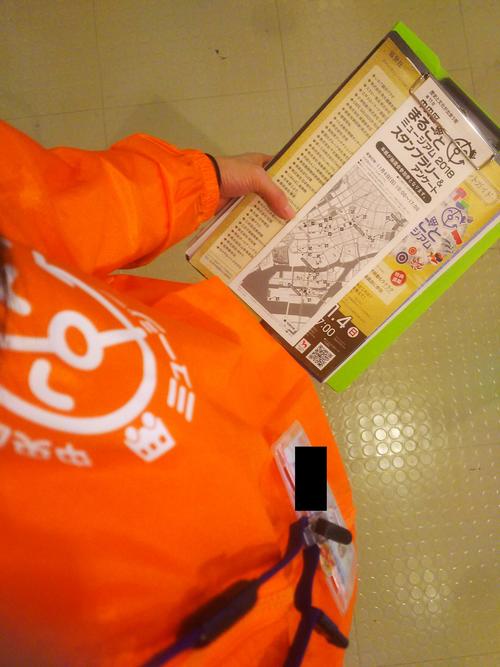
This time, we picked up three information on Chuo-ku, which had a good response to passengers on the tour bus, and picked up them.
We will introduce it together with the event in November.![]()
■The population of Yaesu 2-chome is the smallest 24 people in the ward (* Information before updating on November 2)
According to the "Population and Number of Households in Chuo-ku (as of November 1, 2018)" published by the Chuo-ku Office, the current population is 31.
The number of households is 28, and the breakdown is 17 men and 14 women.
In Yaesu, urban redevelopment projects are currently underway, and many construction sites are noticeable.
When a new office building with the Bulgarian Hotel and Joto Elementary School has been completed, it will be completed.
Will there be some fluctuations in the population around here?
In that sense, it is an interesting block that I would like to pay attention to in the future.![]()
■Nihonbashi Seven Lucky Gods
It is said that the religion of Seven Lucky Gods began in the Muromachi period.
The eight shrines related to Seven Lucky Gods in the Nihonbashi area enshrines Ebisu God, a thriving business.
Even today, tours around Seven Lucky Gods are still popular.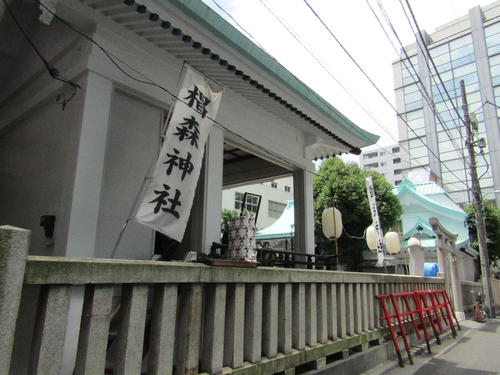
(Sugimori Shrine, which enshrines Ebisu God)
One of the eight companies is Koami Shrine (Fukurokuju, Benzaiten), whose main religion is Ise-jingu Shrine.
The Doburoku Festival from Niiname-no-Matsuri will be held on November 28 (Wednesday), thanks for the good harvest of new grains.
From 9:00 am, a talisman made of Susukino, a representative of the seven herbs in autumn, will be awarded.
The benefits of good luck and prosperity of business are "mi" (body).
It seems that it is mizuku after "sticking" to the family's "mi" (body)![]()
In the afternoon, the village kagura dance, an important national Intangible Folk Cultural Property, will be dedicated.
If you have time, why don't you go see it?![]()
Koami Shrine
Address: 16-23, Nihonbashikoamicho, Chuo-ku, Tokyo
Website: http://www.koamijinja.or.jp/
Access A 5-minute walk from Exit A2 of Ningyocho Station on the Tokyo Metro Hibiya Line.
A 7-minute walk from Exit A5 of Ningyocho Station on the Toei Asakusa Line.
10-minute walk from the 8th exit of Suitengumae Station on the Tokyo Metro Hanzomon Line.
15-minute walk from the 10th exit of Kayabacho Station on the Tokyo Metro Tozai Line
■The roots of the Sumida River Fireworks Festival
fireworks festival has become an entertainment now, but in fact it wasn't the beginning!
Many people died due to bad harvests and epidemics of 1732, and many people died.
The 8th Shogun Yoshimune Tokugawa, who was worried about this, held a water god festival on the Sumida River the following year as a prayer for the eradication of illness and the memorial service for the dead.
At that time, the boat inn and restaurant at the base of Ryogoku Bridge paid for it and obtained the permission of the Shogunate.
It is said that they have launched fireworks to memorialize the spirits of the dead.
In overseas tourism media, such roots are sometimes introduced.
When people from overseas ask about this fireworks festival, it would be nice if they could introduce Japanese culture, including their roots.![]()
For the secret spots where you can enjoy fireworks from Chuo-ku, please visit us.
[Sumida River Fireworks Festival] How can I see it from a secret place in Chuo-ku? Please take a look at it.
That's all for the three selections of Chuo-ku information that had a good response.
For lunch on this day, I had entered the Yatai Village Championship at the Harumi Autumn Festival.
I had chicken kebab from Turkish food stall "Ruby's Kebab".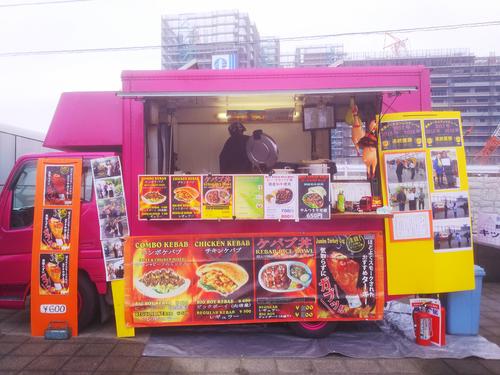
The kebab, which has a good cospa, has a good response to eating and delicious.![]()
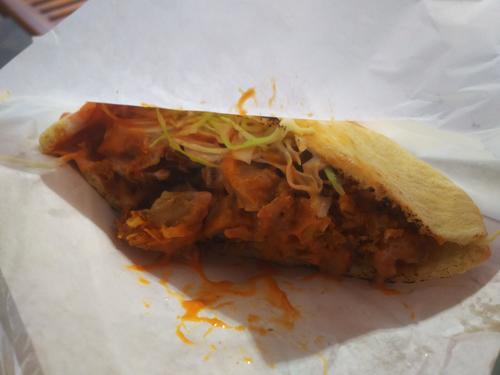
And what is Harumi Wharf, the first and last stop of the tour bus, a trip advisor?
I was ranked 19th in "Popular Date Spot 2018"![]()
Despite the fact that there are popular shopping and gourmet areas such as Ginza and Tsukiji, there are also areas that are popular for shopping and gourmet food.
We surpassed them and achieved the only top 20 from Chuo-ku!
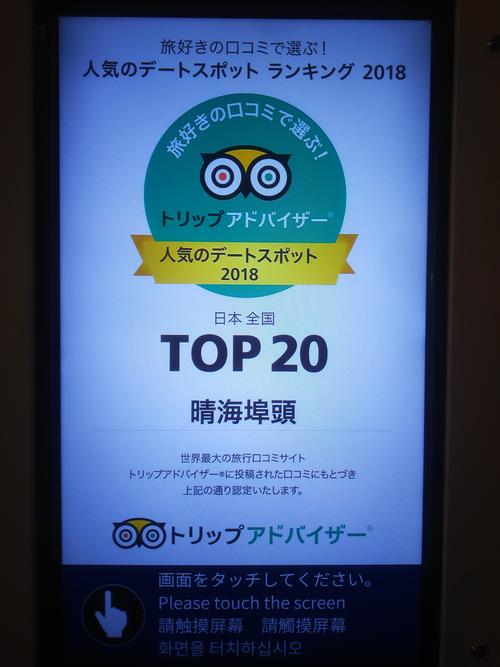
At night, you can enjoy the light-up of the Rainbow Bridge.
You can relax while listening to the sound of the waves.
It is a recommended spot for those who are not good at places with many people.![]()
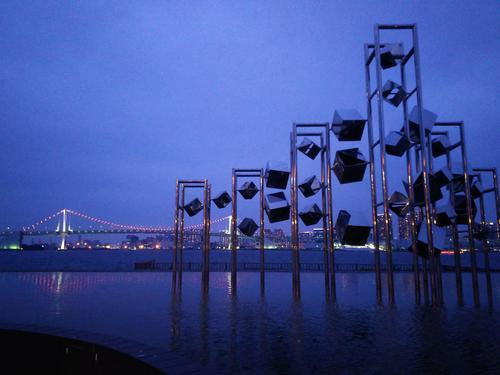
Chuo-ku has a beautiful spot with interesting history, culture, and night view.
Every time you come, you will surely have a new discovery!
Please come and visit us when you come nearby.![]()
Chuo-ku Tourism Association Official Blog
Chuo-ku Tourism Association correspondent blog
Introducing Chuo-ku's seasonal information by sightseeing volunteer members who passed the Chuo-ku Tourism Association's Chuo-ku Tourism Certification and registered as correspondents.
List of AuthorsRecent blog post
|
From the window of the "Chuo-ku Marugoto Museum" tour bus
|
MenuArchiveLinks |

